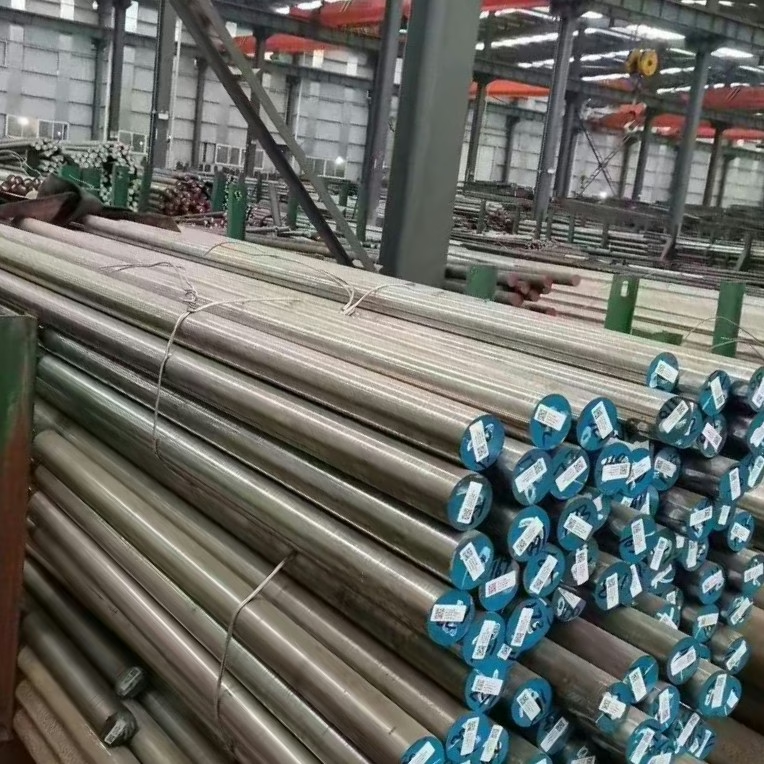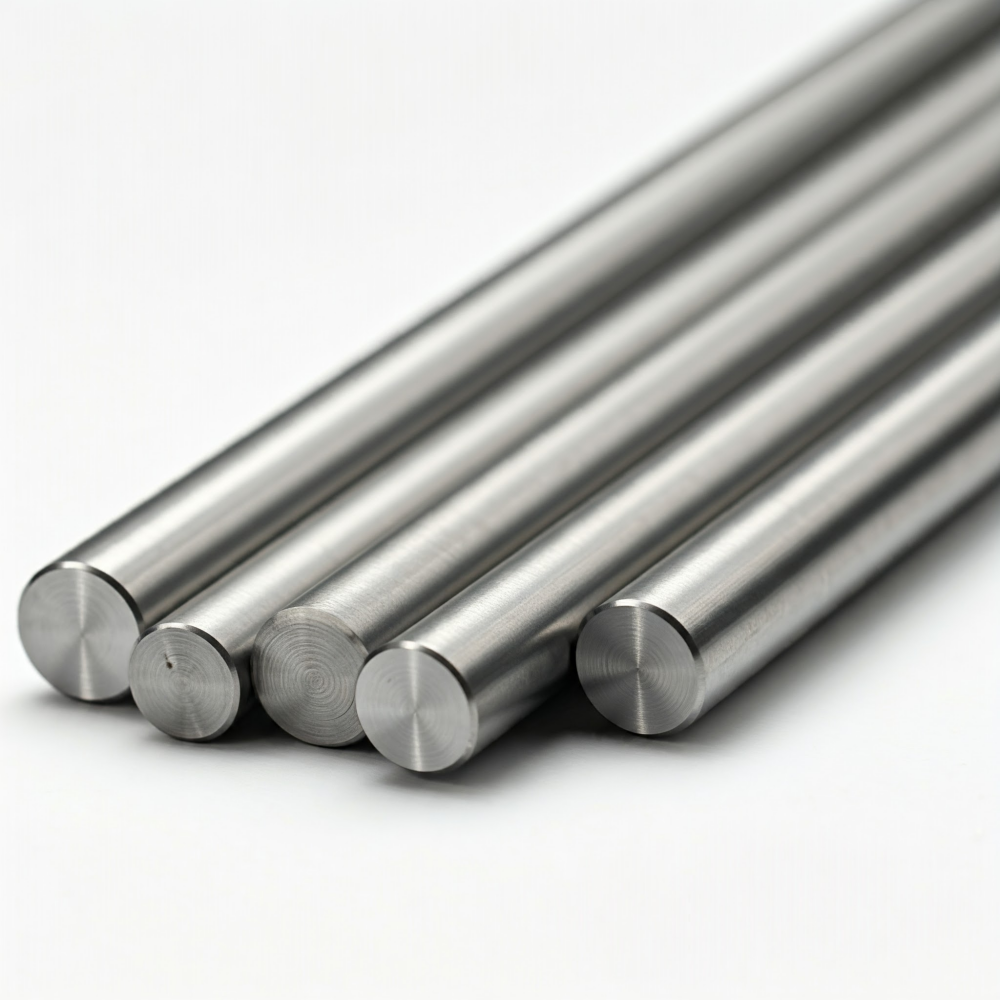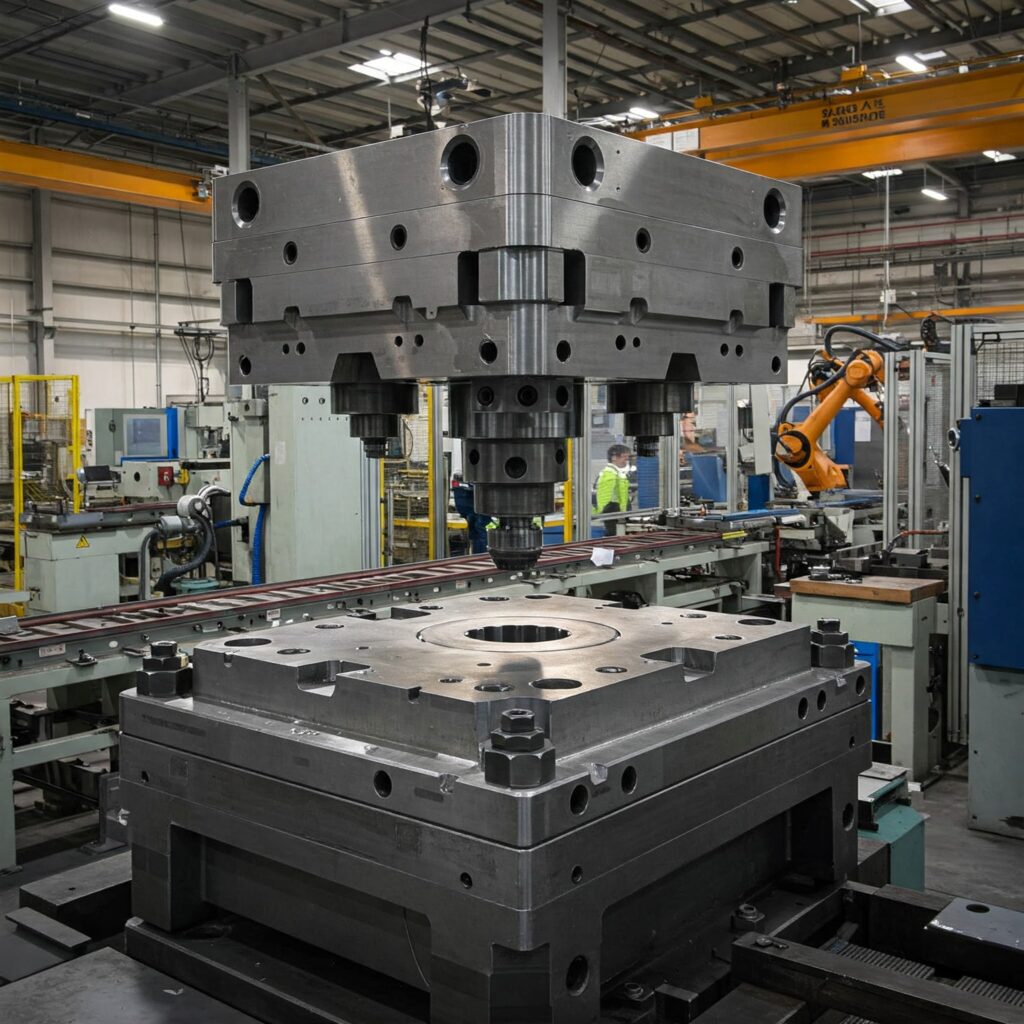Dzisiaj omówimy 420 stal nierdzewna vs 316. Oba rodzaje stali nazywane są stalami nierdzewnymi, ale różnią się zasadniczo i są wykorzystywane w bardzo różnych zastosowaniach. Wyjaśnimy różnice między nimi z różnych perspektyw.

Stal nierdzewna 420 kontra 316: Klasyfikacja i mikrostruktura
Stal nierdzewna 420 to stal nierdzewna martenzytyczna. Stale martenzytyczne charakteryzują się tetragonalną strukturą krystaliczną skupioną w ciele (BCT). W temperaturze pokojowej są ferromagnetyczne. W przeciwieństwie do stali nierdzewnych ferrytycznych, stale nierdzewne martenzytyczne można utwardzać poprzez obróbkę cieplną, podobnie jak stale węglowe i stale niskostopowe.
Stal nierdzewna 316 to stal nierdzewna austenityczna. Stale nierdzewne austenityczne zachowują w pełni austenityczną strukturę w temperaturze pokojowej dzięki dodatkowi niklu, pierwiastka sprzyjającego tworzeniu się austenit. Zazwyczaj są one niemagnetyczne w stanie wyżarzonym. W przeciwieństwie do stali martenzytycznych, austenityczne stale nierdzewne nie mogą być utwardzane poprzez obróbkę cieplną, ale mogą być obrabiane plastycznie na zimno. Przyczyną ich odporności na korozję jest warstwa tlenku tworząca się na powierzchni metalu.
Stal nierdzewna 420 kontra 316: Kompozycja porównanie
| Element | Stal nierdzewna 420 (%) | Stal nierdzewna 316 (%) |
| Węgiel (C) | 0.15 – 0.40 | ≤ 0,08 |
| Chrom (Cr) | 12.0 – 14.0 | 16.0 – 18.0 |
| Mangan (Mn) | ≤ 1,0 | ≤ 2,0 |
| Krzem (Si) | ≤ 1,0 | ≤ 0,75 |
| Fosfor (P) | ≤ 0,040 | ≤ 0,045 |
| Siarka (S) | ≤ 0,030 | ≤ 0,030 |
| Nikiel (Ni) | ≤ 0,50 | 10.0 – 14.0 |
| Molibden (Mo) | ≤ 0,50 | 2.0 – 3.0 |
Stal nierdzewna 420 kontra 316: Właściwości mechaniczne
- Twardość. Stal nierdzewna 420 została specjalnie zaprojektowana z myślą o wysokiej twardości i odporności na zużycie. Osiąga twardość 46-52 HRC (w skali Rockwella C). Twardość stali nierdzewnej 316 w stanie wyżarzonym jest niższa niż twardości stali nierdzewnej 420 po hartowaniu, osiągając maksymalną wartość około 90 HRB.
- WytrzymałośćStal nierdzewna 420 ma strukturę martenzytyczną, co zapewnia jej wysoką wytrzymałość i wysoką granicę plastyczności. W stanie utwardzonym granica plastyczności 0,2% dla stali nierdzewnych martenzytycznych może przekraczać 1000 MPa, potencjalnie osiągając 1900 MPa. Stal nierdzewna 316 to austenityczna stal nierdzewna o wytrzymałości na rozciąganie od 550 do 620 MPa (80 do 90 ksi) w stanie wyżarzonym. Charakteryzuje się znaczną różnicą między granicą plastyczności a wytrzymałością na rozciąganie oraz wysokim stopniem umocnienia zgniotowego.
- Wytrzymałość i ciągliwośćStal 420 charakteryzuje się niską udarnością w temperaturze pokojowej. Jest podatna na kruchość po odpuszczeniu w zakresie temperatur 400–600°C (752–1110°F). Odpuszczanie w temperaturze 1100°F (593°C) lub wyższej może poprawić wytrzymałość, ale kosztem twardości. Stal nierdzewna 316 charakteryzuje się doskonałą wytrzymałością i ciągliwością. Zachowuje ciągliwość nawet w niskich temperaturach, co jest cechą często stosowaną w warunkach pracy w niskich temperaturach.
- Odporność na zużycieStal nierdzewna 316 nie jest tak odporna na zużycie jak stal nierdzewna 420, ale ma właściwości zapobiegające zatarciu.
Odporność na korozję
Stal nierdzewna 420 charakteryzuje się umiarkowaną odpornością na korozję, niższą niż austenityczna stal nierdzewna 316. Stal nierdzewna 420 nadaje się do środowisk o niskim ryzyku korozji, takich jak powietrze, woda słodka, niektóre chemikalia i kwasy spożywcze. Nie zaleca się jej stosowania w elementach poddawanych dużym naprężeniom w niskich temperaturach, ponieważ może wystąpić kruchość. Stal nierdzewna 361 wykazuje dobrą odporność na korozję w środowisku silnie rozcieńczonego lub silnie stężonego kwasu siarkowego.1.
Spawalność
Stal nierdzewna 420 to martenzytyczna stal nierdzewna, która charakteryzuje się wyższą zawartością węgla niż inne rodzaje stali nierdzewnej, co skutkuje słabą spawalnością. Stal nierdzewna 316 charakteryzuje się dobrą spawalnością i wysoką odpornością na korozję międzykrystaliczną w stanie spawanym; jednak jej odporność na korozję maleje po spawaniu. Odporność na korozję spoin stali nierdzewnej 316 jest porównywalna z odpornością kutej stali nierdzewnej 304.
Aplikacje
- Stal nierdzewna 420Jego wysoka wytrzymałość, twardość i odporność na zużycie sprawiają, że nadaje się do zastosowań takich jak sztućce, narzędzia stomatologiczne i chirurgiczne, dysze, części zaworów, przekładnie, wały, rolki, sprężyny, ostrza noży, narzędzia ręczne oraz formy do tworzyw sztucznych. Jest często stosowany do produkcji form do tworzyw sztucznych ze względu na połączenie wysokiej wytrzymałości, twardości i odporności na korozję.
- Stal nierdzewna 316: Ze względu na doskonałą odporność na korozję, szczególnie w środowisku chlorkowym, oraz dobrą wytrzymałość i ciągliwość, jest szeroko stosowany. Zastosowania obejmują urządzenia medyczne i stomatologiczne (złącza mechaniczne, wsporniki), elementy telefonów komórkowych (klucze dźwigniowe, blokady baterii), produkty konsumenckie (koperty zegarków, elementy aparatów fotograficznych, mocowania brzeszczotów pił, przekładnie elektrycznych szczoteczek do zębów) oraz okulary. Jest również stosowany w przemyśle spożywczym, w zastosowaniach architektonicznych (okładziny zewnętrzne i wewnętrzne), w urządzeniach do procesów chemicznych oraz w papierniach. Rozważany jest do zastosowań w wodzie morskiej w wysokich temperaturach lub przy wysokim zasoleniu.
Streszczenie
Stal nierdzewna 420 dobrze sprawdza się w zastosowaniach wymagających dużej twardości, wytrzymałości i odporności na zużycie, ale kosztem odporności na korozję i spawalności. Stal nierdzewna 316 jest odporna na korozję wżerową i wżerową w środowiskach chlorkowych, a także ma dobrą ciągliwość i spawalność, ale jej twardość i wytrzymałość są niższe niż w przypadku stali 420.
- Davis, JR (red.). (1998). Metals Handbook Desk Edition (wydanie 2, str. 916). ASM International. ↩︎
Uzyskaj konkurencyjną ofertę na stal nierdzewną Premium 420
Skorzystaj z naszego ponad 20-letniego doświadczenia w kuciu. Dostarczamy stal nierdzewną 420 o wysokiej jakości, idealnie dopasowaną do Twoich wymagań. Współpracuj z ekspertem w branży, aby zapewnić sobie niezawodne dostawy i serwis.
Gotowy do startu? Wypełnij poniższy formularz, aby otrzymać niezobowiązującą wycenę od naszych specjalistów.


